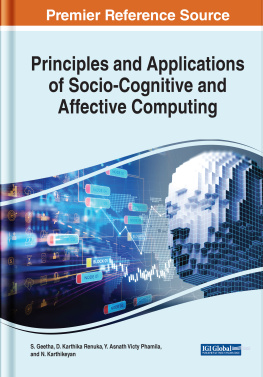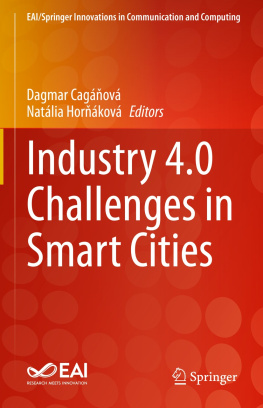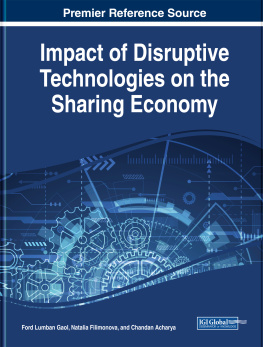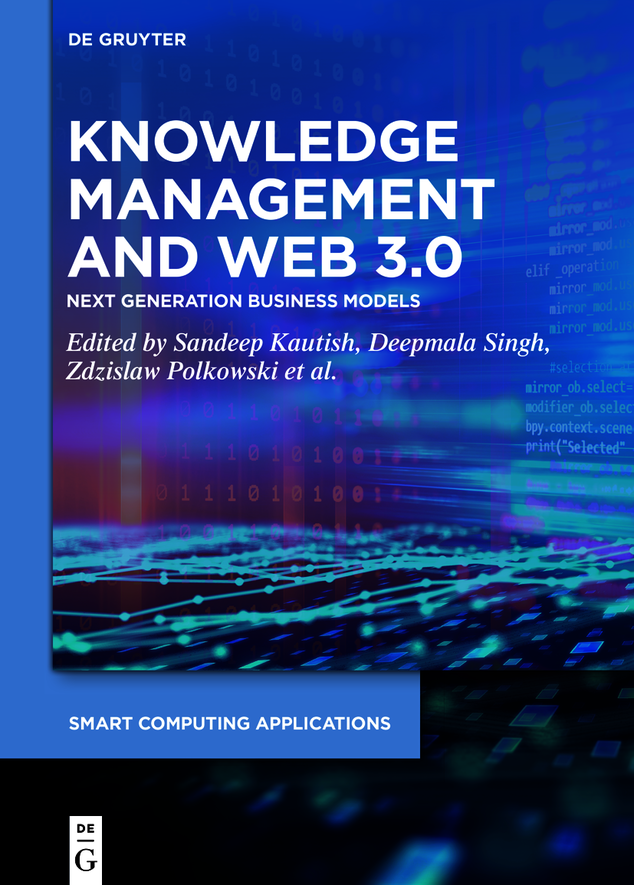Today, it is understood that more data is streaming into organizations from more sources than ever before. But only collecting and storing the data is not enough for every organization, it is important to put them in usable form so that they may get easily accessible whenever they are needed. This overburden of information produced new technologies in many forms. In these new technologies knowledge management and Web 3.0 are also used as a tool for the better use of the data in the productivity of the organization. This chapter will discuss that how integration of new emerging technology, that is, Web 3.0 in knowledge management can impact the working of an organization along with that the chapter also explains the evolution and overview of knowledge management and Web 3.0, the future, challenges, and the significance of the same.
Keywords: Knowledge Management, Knowledge Sharing, Knowledge Stockpiling, Knowledge Transfer, Web 1.0, Web 2.0, Web 3.0,
Introduction to knowledge management
With the speedy growth of Internet, knowledge has been increasing rampantly year by year. By 2004 approximately every 18 months the knowledge was doubling (American Society of Training and Documentation (ASTD)), with the advent of Web.
The convenience and approachability of Internet and the popularity of computer have produced a major change in the passion and way of using the information, the popularization of using computer has given a massive transformation from traditional web pages Web 1.0 to a new emerging internet model, which is based on ample content and collaboration known as Web 3.0. Organizing the gathered knowledge on the internet by knowing the language of machines and humans without the help of search engines and the recovery of information are the main features of Web 2.0. Today we are in the era of information society which is not only information based but there are ample opportunities of producing and diffusing new knowledge. Since to achieve success for every enterprise knowledge is a core factor in todays highly competitive commercial environmental and that is why designing the knowledge management (KM) adjusted with the evolution trend of internet is one of the important topics for all type of enterprises.
Today every enterprise either big or small has been overburdened with informations by which it has become difficult to separate the useful information from the ].
Many researches have been conducted regarding the use of KM and Web 3.0 in various fields, this article aims to discuss how the combination of KM and Web 3.0 influence and give an effective construction of HRM 2.0. This chapter will discuss that how integration of new emerging technology, that is, Web 3.0 in KM can impact the working of an organization.
KM is an interesting issue in business networks. Even though the term knowledge management may recommend a somewhat straightforward definition, there are a lot of suppositions on what precisely it is and how it ought to be utilized. Notwithstanding, because of the consistently expanding speed of business advancement, the assignment of successful and serious executives of associations gets fundamental, and KM, whenever comprehended and actualized appropriately, might be a helpful apparatus for business change just as the way to competitive advantage.
Davenport and Prusak [] characterized KM as the act of specifically applying information from past encounters of dynamic to current and future dynamic exercises with the express motivation behind improving the associations viability.
With advances in computing, the advent of the internet and more specifically the Web, KM tools have developed. It is no longer just a matter of processing documents, but rather a set of internal and external data so that they can be reused in the future. Here are some examples of tools:
Forums or instant messaging: simplifying communication between different players;
Word, Excel, videos, etc.: Establishing written or oral procedures;
Intranet platforms: sharing news and general documents;
Directories: location of different expertise;
Working groups: developing a collaborative system and sharing among members of the same organization;
E-learning training: optimizing the learning of newcomers and upgrading employees.
Several features or keywords can help identify the KMs practices:
a managerial and/or managerial approach (will, device, measures, etc.) opposed to the idea of letting things happen at random;
a goal: to do better (than before or others), to win;
a collective approach: moving from the individual who manages his own knowledge to the collective mobilization of individual knowledge to move toward collective knowledge;
an inscription in time, in time (memory, sustainability, capitalization, etc.): moving from activism with its short-term blows to a thoughtful construction, assured of a future based on the exploitation of the best (and failures) of the past;
a vital resource to be mobilized, the knowledge(s), or, in the end, the heads of men, their knowledge, their experiences.
1.1 Significance of knowledge management
KM is significant because it supports the effectiveness of an associations dynamic capacity. In ensuring that all representatives approach the general expertise held inside the organization, a more brilliant labor force is assembled who are more ready to make brisk, educated choices that advantage the organization. The significance of KM is developing each year. As the commercial center turns out to be perpetually serious, perhaps the most ideal approach to remain on top of things is to construct your organization in a clever, adaptable way. You need to have the option to spot issues in good ways and react rapidly to new data and developments. If for you KM is akin to the vision of a grizzled archivist surrounded by dusty books, then these few lines are for you.
The real challenge is not limited to the acquisition of knowledge, but lies well in his mastery. Because it is essential to identify and manage existing knowledge, to know its veracity, its internal or external criticality, to put in place the best way to collect, sort, disseminate, value it or find it. The KM is undoubtedly a key player in the company. The added value of the company, beyond its capitalization, goes through three fundamental areas necessarily multicultural to respond to an effective globalization:
Knowledge of its customers and the market
Knowledge of past, current or up-to-date IT technologies
The methodologies that enable them to be implemented in industrialization objectives











